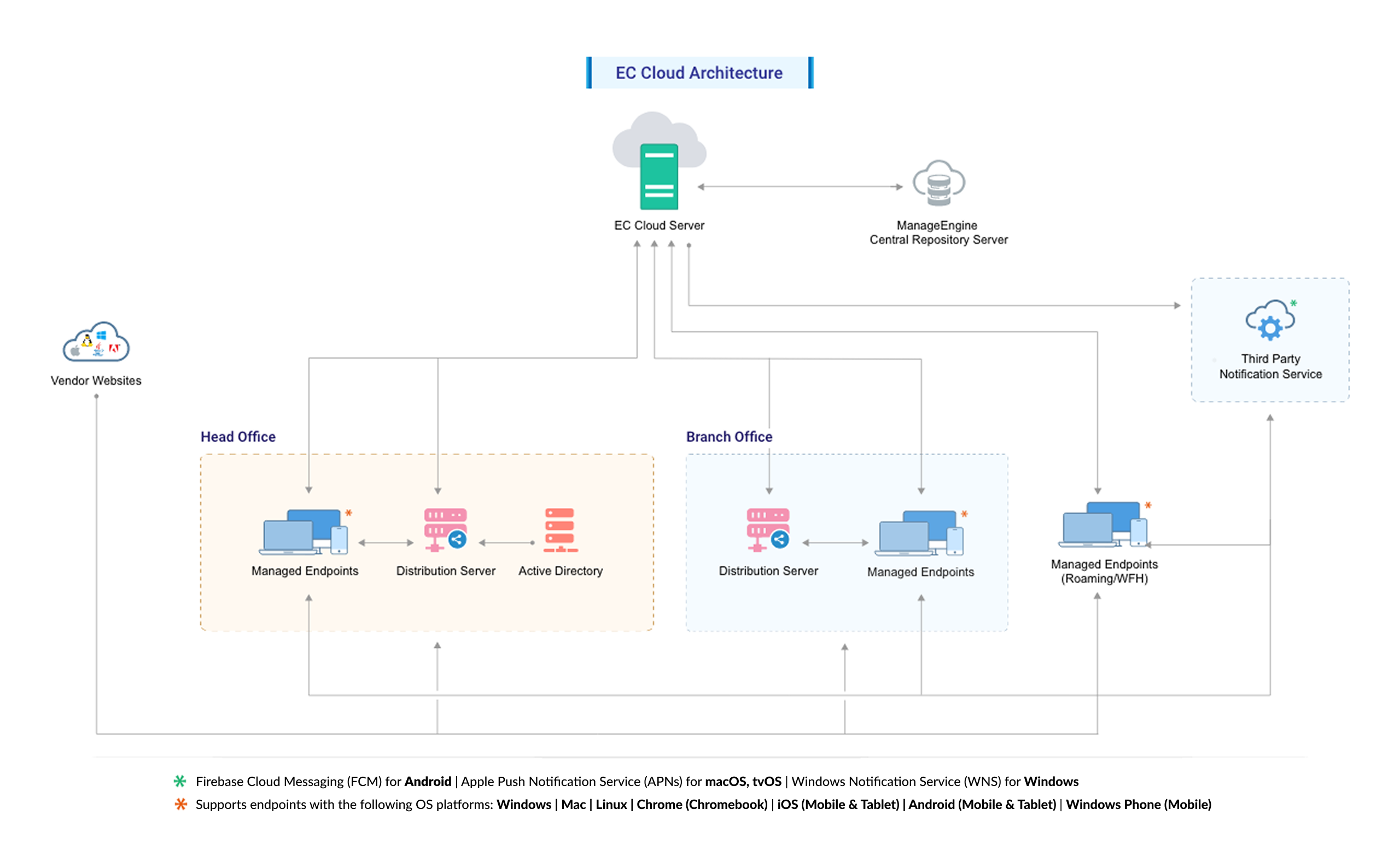
.png)
.png)
Platform-as-a-Service (PaaS) from Oracle provides a fully managed cloud platform that allows organisations to build, deploy, integrate and operate modern applications; without worrying about managing infrastructure or underlying complexity.
In simpler terms: you get development tools, integration services, data & analytics engines, AI/ML capabilities, and governance baked into one cloud platform. For enterprises, that means faster innovation, lower cost, and better alignment of IT to business.
Imagine your product team wants to launch a new microservice, your data team needs a real-time pipeline, and your operations team expects full visibility into all workloads. A traditional stack—legacy middleware, disconnected systems, custom scripts—can’t keep up. With Oracle PaaS, you gain cloud-native tooling, integrated services and enterprise-grade control in one foundation.
But simply adopting Oracle PaaS isn’t enough. Many modernisation projects still fail—not because the technology is lacking, but because the foundation is fragmented, processes are inconsistent, and teams aren’t aligned. This blog will guide you through what Oracle PaaS offers, the enterprise challenges it addresses, what’s changing in the technology landscape, and how Proso.ai helps you turn potential into measurable outcomes.

For decades, enterprise applications were built as monoliths: large, tightly coupled systems that served core business functions. They worked—but when business demands shifted toward agility, global reach, microservices and continuous delivery, monolithic architectures began to slow organisations down.
Cloud-native architecture emerged: microservices, containers, event-driven systems, APIs, and modular services. This architecture supports rapid change, scaling, experimentation and faster time-to-market.
Today’s enterprises face three fundamental shifts:
These shifts mean platforms are no longer just hosting environments—they are the foundation of business innovation.
.png)
Oracle PaaS provides developer-friendly services like API Gateways, serverless functions, event streaming, integration tools that connect on-premises and cloud systems. The goal: unify workflows and remove silos.
Oracle has extended its PaaS with AI/ML, IoT, document-understanding, blockchain and analytics services. These capabilities mean your platform is ready for next-gen use cases—not just legacy workloads.
Modern enterprise platforms demand more than speed—they demand control. Oracle PaaS includes governance frameworks, observability tools, cost tracking and hybrid/multicloud support. For example, PaaS reduces time-to-provision and operational costs by up to 50%.
In short, Oracle PaaS gives you faster innovation, lower cost, better flexibility, safer operations and future-ready architecture.

Many companies adopt cloud tools while preserving old workflows, spreadsheets, email chains and multiple vendor portals. That equals fragmentation, manual hand-offs and risk. When your foundation remains weak, new systems will still struggle.
Across development, integration, operations and business teams, tools often don’t talk. Hand-offs cause delays, duplicate effort kills productivity. Even talented teams can be held back by their environment.
Global business means global risk. Data breaches, vendor non-compliance, and non-compliance, audit failures—all are magnified when your stack lacks a unified view and control. A fragmented infrastructure is an enterprise risk.
Without a unified platform mindset and governance, you may still drift, even if you buy the latest tools.

Enterprises increasingly adopt hybrid or multicloud strategies to avoid lock-in, optimise cost and use best-in-class services. Oracle PaaS supports such environments—offering flexibility and integration across clouds.
Modern applications are built from composable services—APIs, events, functions, and data services. Platforms must support this by design. Oracle PaaS enables such architectures, enabling businesses to build fast and scale smart.
Oracle is moving toward autonomous services: self-healing infrastructure, embedded AI, and automated governance. Less manual overhead means more focus on value.
These trends make platforms the strategic layer of business innovation rather than just the infrastructure layer.
Treat your platform as you would a product—not just another project. Define user roles, governance policies, cost models, data architecture and workflows. Without this, tools remain islands.
Technology alone won’t deliver value. Teams need training, incentives, new workflows and metrics. Build adoption into your plan. Many transformation efforts fall short because teams get new tools but not new habits.
Beyond technical metrics, track time-to-market, developer productivity, cost per feature, defect rate, and cloud spend efficiency. Use dashboards from day one to ensure decisions are data-driven.
Even with Oracle PaaS in place, many organisations struggle. They lack migration frameworks, process redesign, team alignment and adoption. That’s where Proso.ai comes in.
Clients working with Proso.ai have achieved:
Oracle PaaS gives you the foundation. Proso.ai ensures you build value on it. You don’t just adopt a tool—you transform your organisation.